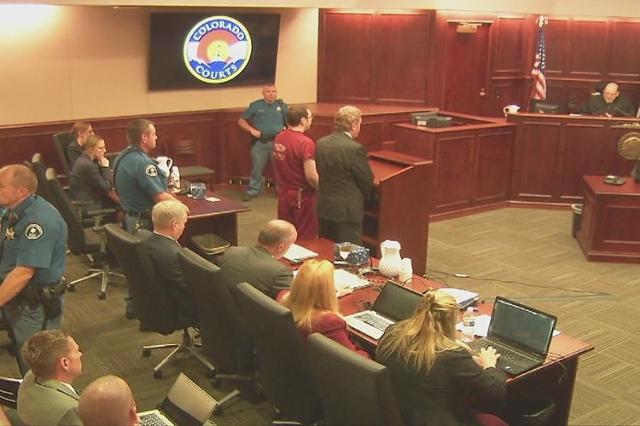Ward Charcoal Oven State Park an interesting look into past

Hidden away in remote locations across the Silver State stand beehive-shaped monuments to Nevada’s mining past. These conical stone or brick structures were ovens that reduced firewood to charcoal used in smelters to remove precious metals from ore. At the height of their use in the late 1800s, the charcoal ovens contributed to the denuding of forests on mountain ranges in Central and Eastern Nevada.
Long abandoned, most of Nevada’s charcoal ovens or kilns suffer the effects of time, weather and vandalism. A few kiln sites are marked only by collapsed bricks or stones where 30-foot high cones one stood. Locations of others are all but forgotten, though they may still stand in some remote canyons almost concealed by returning forest and brush.
The best-preserved of Nevada’s charcoal kilns are found at Ward Charcoal Oven State Park, 18 miles south of Ely off U.S. 93, about 220 miles from Las Vegas. Visitors driving from Las Vegas should watch for a marked turnoff to the state park at a point 13 miles north of the junction of U.S. 93 with U.S. 6/50 at Major’s Place. A five-mile graded road leads to the ovens. If you are coming from Ely, drive south on U.S. 93 seven miles, turning on a graded road that runs 11 miles to the park.
Six huge ovens built at the site in 1873 produced charcoal for smelters processing the ore from the Ward Mining District in the Egan Mountains. Erected by Swiss-Italian craftsmen, the ovens remained in use until about 1879, when the mines began to play out. Woodcutters brought all kinds of wood, even sagebrush, to the ovens, which held 35 cords at a time.
Under controlled conditions, the wood burned for five days. The product recovered after a cooling period was nearly pure carbon, lightweight and easily transported to the smelters. The efficiently burning ovens replaced earlier charcoal pits because they produced better quality charcoal or "coke" much faster.
The arresting structures command a sweeping view toward Wheeler Peak. Visitors pay a $4 entry fee at the gate. Inside the park, they find a picnic area, 14-unit campground on pretty Willow Creek, a remote area where a rental yurt may be reserved, and six miles of trails suitable for hiking, mountain biking and riding ATVs. Anglers with Nevada fishing licenses try for several kinds of trout in the creek. Campsites are available on a first-come basis for $10. Those who want to use the Mongolian-style yurt pay $20 and must reserve it. This park remains open all year, but water is available only from May through September because of freezing temperatures at night.
The greatest concentration of charcoal ovens in Nevada was in the Hot Creek Range east of Tonopah, where mining activity centered at Tybo. In several locations, a total of 24 kilns produced charcoal in the area. New kilns were built in new areas as the supplies of wood were depleted. Fourteen of these were built in 1877 by Henry Allen, a Eureka contractor, for the Tybo Consolidated Co. They still stand in small groups in Kiln Canyon, Four Mile Canyon, and three different places in Six Mile Canyon. Allen employed 20 men for three months to fill his contract. Measuring 25 feet in diameter at the base, the kilns used up 600,000 bricks. Each produced 1,400 bushels of coke with each burn.
As vital as the charcoal was, it brought a paltry profit to the several thousand migrants called "carbonan" who lived in rough camps while they cut the wood, stacked it in the kilns, tended the fires and delivered the charcoal. In 1879, mine owners in Eureka decided to cut the price from 30 cents a bushel. They caused a protest and march of members of the Charcoal Burners Association who briefly took over Eureka. Retaliation led to five deaths when a posse raided one of the union members’ camps. The short-lived rebellion came to be called the Fish Creek War.
Accessible charcoal oven sites may be found northeast of Panaca at Kiln Wash, near Bristol Well north of Pioche and on the Wheeler Pass Road from Pahrump. Strangely, not many kilns remain around Eureka, except for a couple of hard-to-locate places in the Diamond Range north of that historic town.
Margo Bartlett Pesek’s column appears on Sundays.